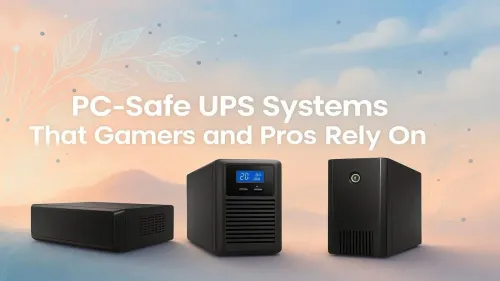
Top UPS Systems for PCs
Power up your productivity with our curated list of the best PC-safe UPS systems. Safeguard your rig today! ⚡🛠️
PC power supply guide: Learn how to pick the right PSU, calculate wattage, read 80 Plus ratings, and avoid rookie mistakes — step-by-step help for first-time builders 🔌💡
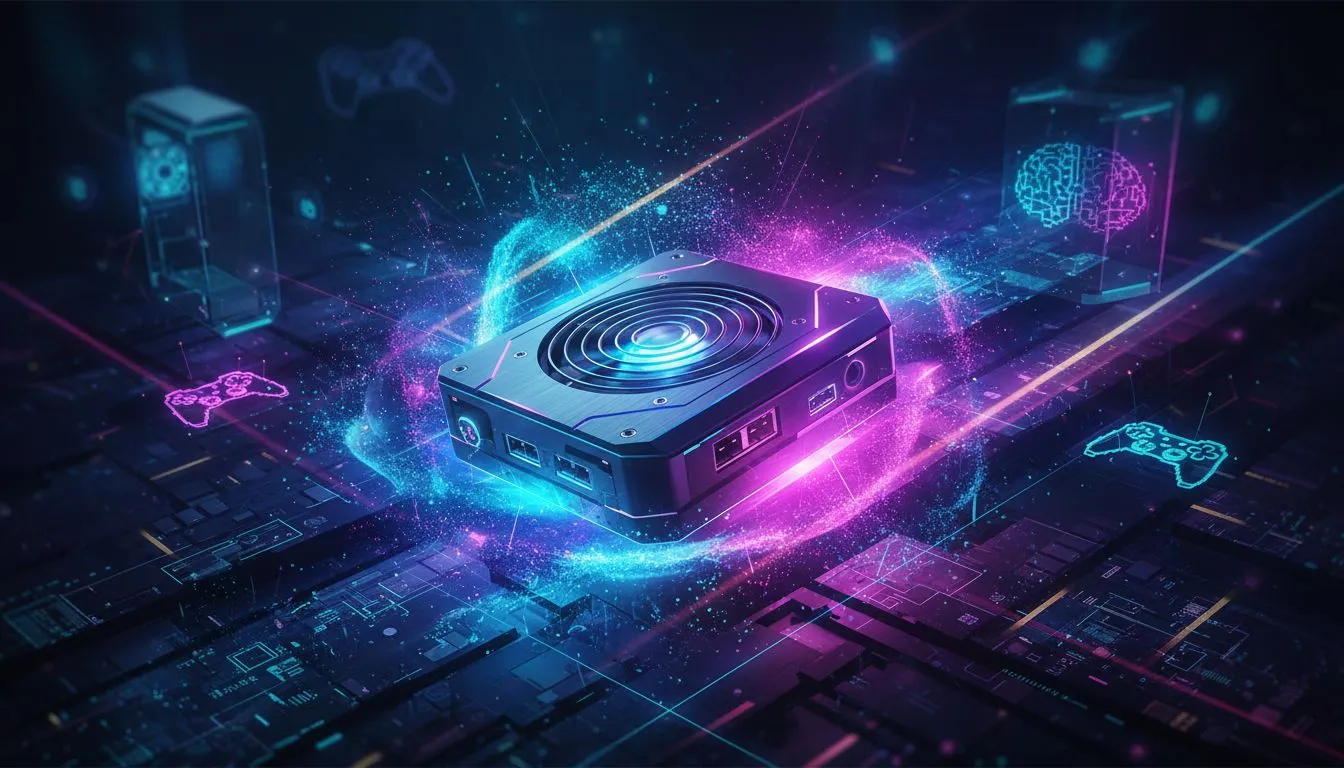
Building your first gaming rig in South Africa? Lekker! You've likely spent weeks deciding on the perfect GPU and CPU. But there’s one component that can quietly make... or break... your entire build: the power supply unit (PSU). Skimping here is a rookie mistake. This PC power supply guide is here to demystify the jargon and help you choose a PSU that provides the clean, reliable power your new machine deserves. ⚡
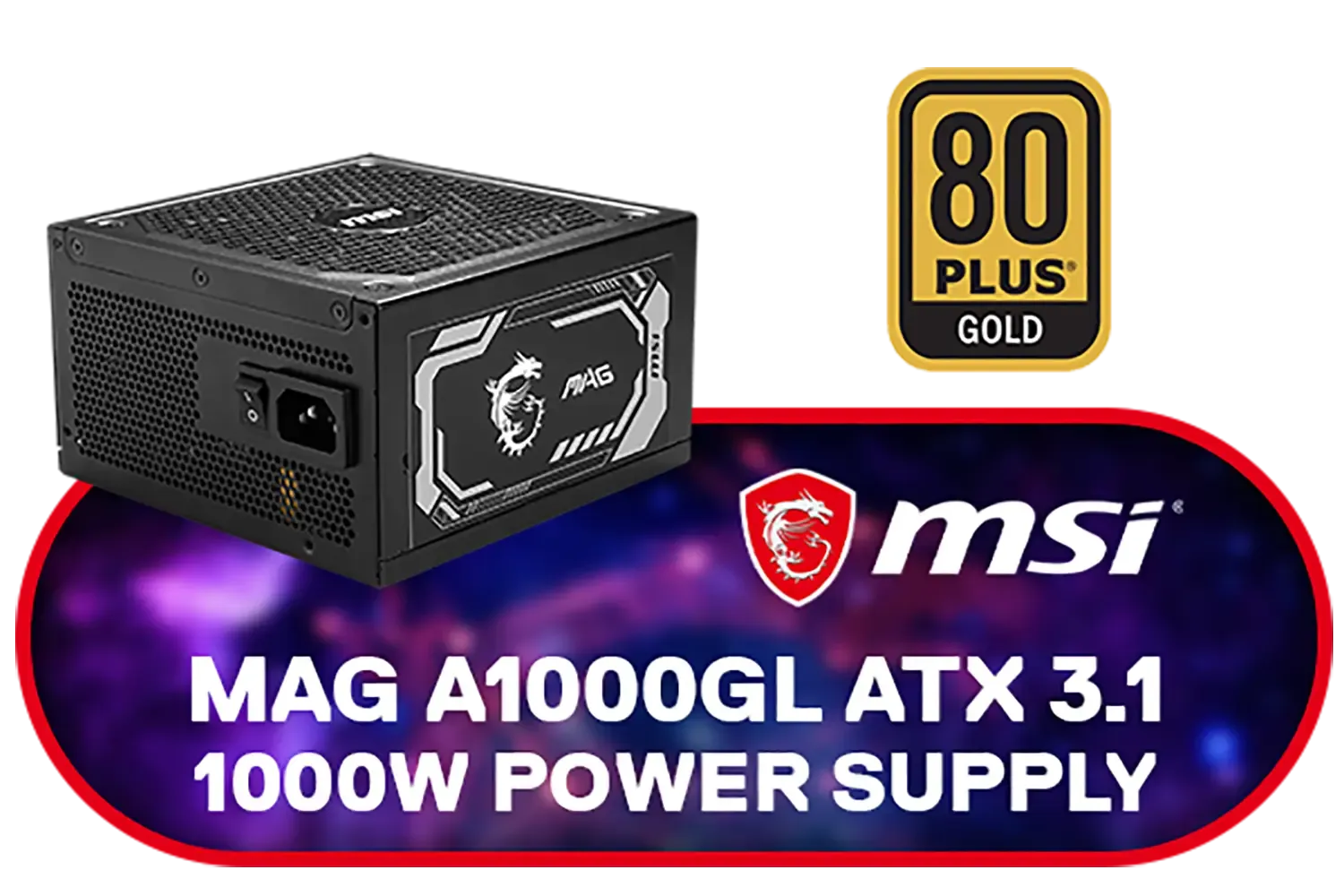

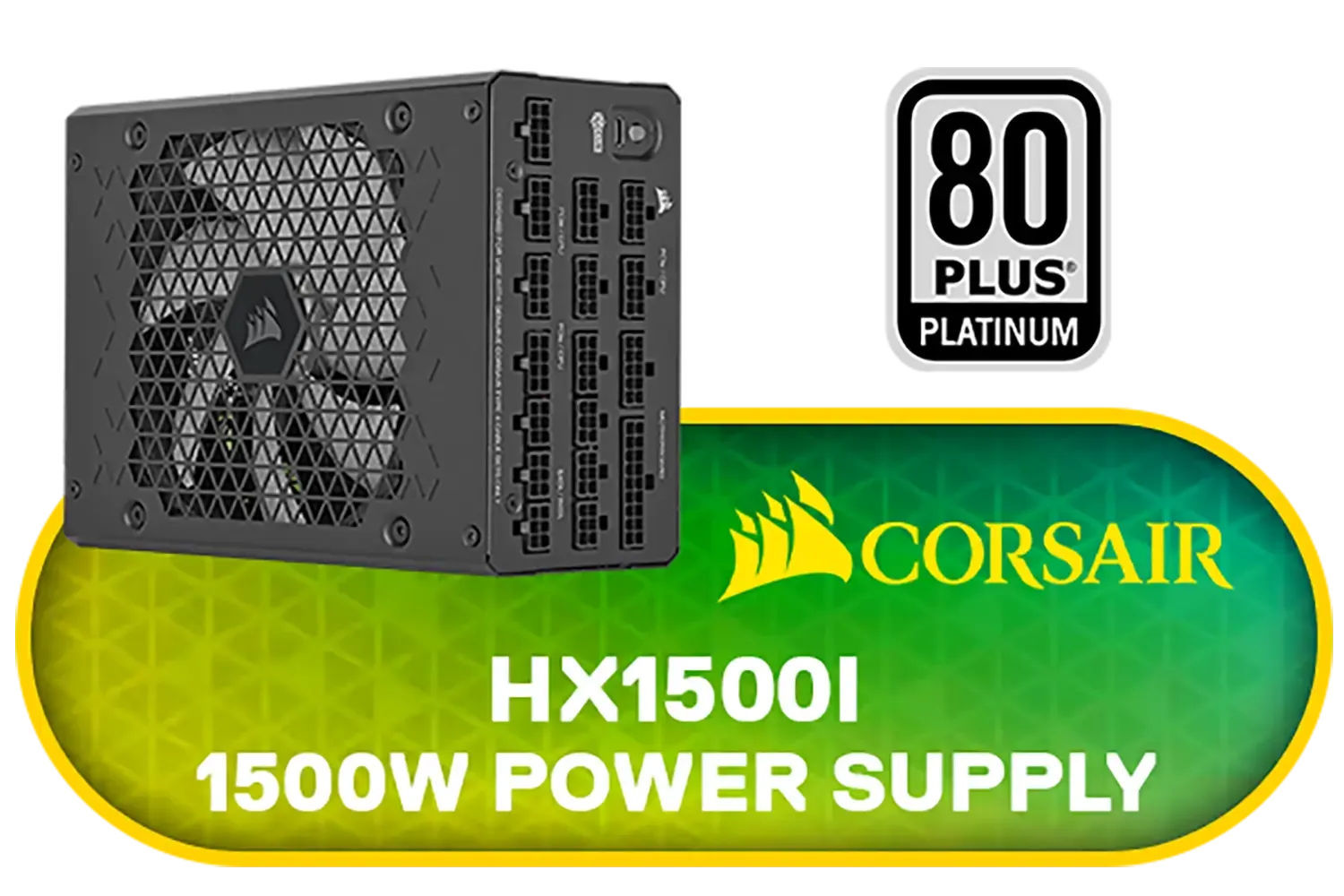



The first question every first-time builder asks is, "What wattage PSU do I need?" While a bigger number seems better, overkill is just wasted money. Your goal is to find the sweet spot that covers your components' peak power draw with about 20-30% headroom for future upgrades and peak efficiency.
For a quick estimate, you can use an online PSU calculator. But here’s a simple guideline for modern builds:
Remember, this is a simplified guide to choosing a PC power supply. Always check the recommended PSU wattage for your specific graphics card.
You'll see a sticker on PSUs: 80 Plus Bronze, Gold, Platinum, etc. What does it mean? This rating isn't about build quality... it's about efficiency. It tells you how much power from the wall socket actually makes it to your components.
An 80 Plus Gold PSU, for example, is at least 87% efficient at 100% load. This means less energy is wasted as heat. In South Africa, where electricity isn't cheap, a more efficient PSU can actually save you a few rands on your monthly bill. It also means a cooler, quieter system, as the PSU fan won't have to work as hard. For most builders, Bronze or Gold offers the best price-to-performance ratio. ✨
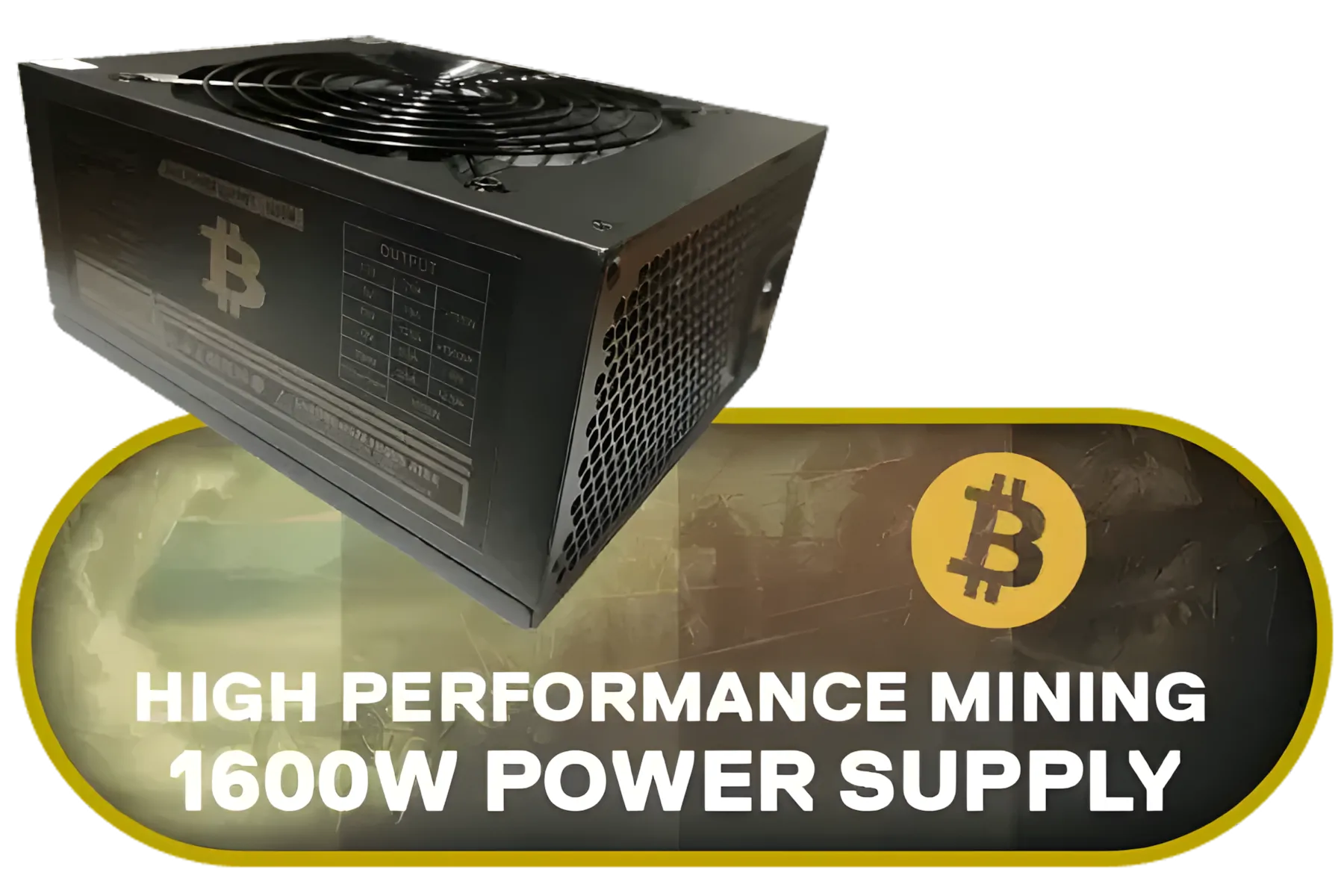
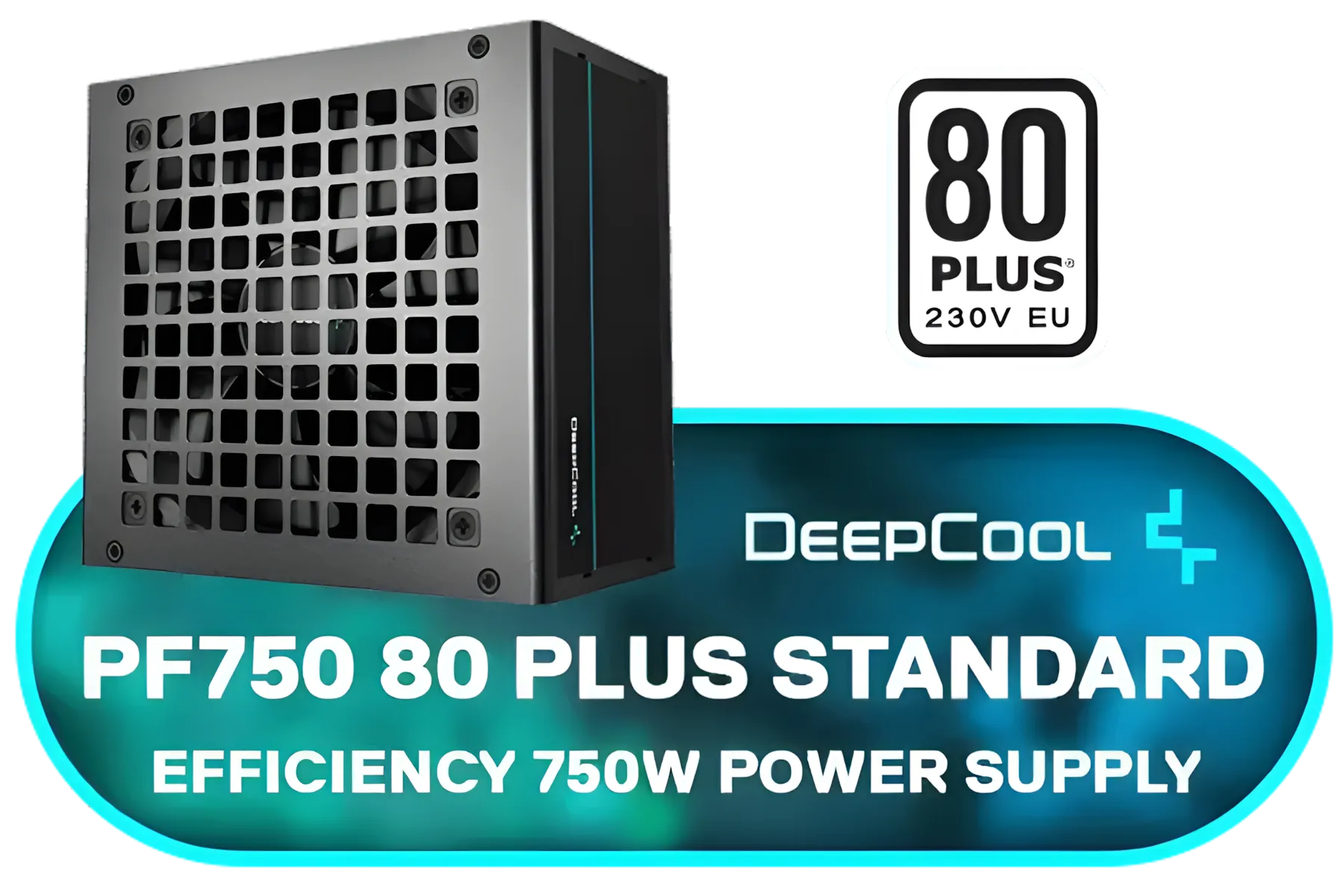
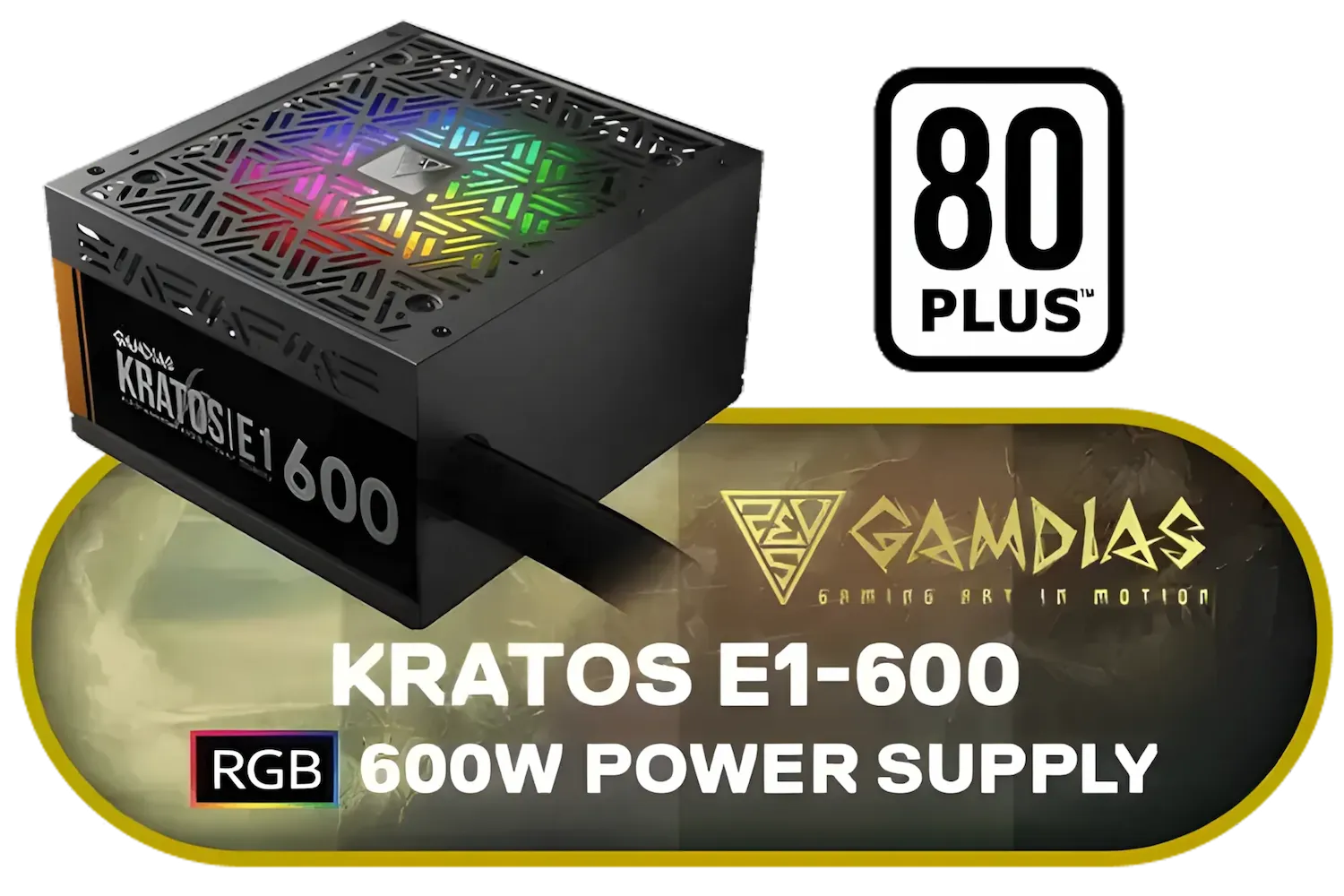



Next up in our PC PSU guide is the cable situation. This choice directly impacts how easy your build will be and how clean it will look.
All cables are permanently attached to the PSU. They're the most budget-friendly, but you'll have a bundle of unused cables to tuck away somewhere.
The essential cables (24-pin motherboard and 8-pin CPU) are attached, but peripheral cables (for your GPU, drives, etc.) are detachable. This is a fantastic middle ground, like what you find on a powerful semi-modular option like the Antec CSK 1000 Pro, making cable management much easier.
Every single cable is detachable. This offers maximum flexibility for a super-clean build and is ideal for small form-factor cases or if you plan on using custom sleeved cables.
Use the cable tie-down points on the back of your motherboard tray. Route cables before installing the motherboard for easier access. Group cables running to the same area together with velcro straps. A clean setup isn't just for looks... it dramatically improves airflow and keeps your components cooler!
Your power supply is the heart of your PC. If it fails, it can potentially damage or destroy every other component it's connected to. This is why investing in a unit from a reputable manufacturer is one of the most important decisions a first-time builder can make.
Look for brands with a proven track record for reliability and safety features. Investing in top-tier brands like Corsair often comes with longer warranties (7-10 years is a great sign), which shows the manufacturer's confidence in their product. A good power supply can easily last you through two or even three full PC builds, making it a fantastic long-term investment. 💪



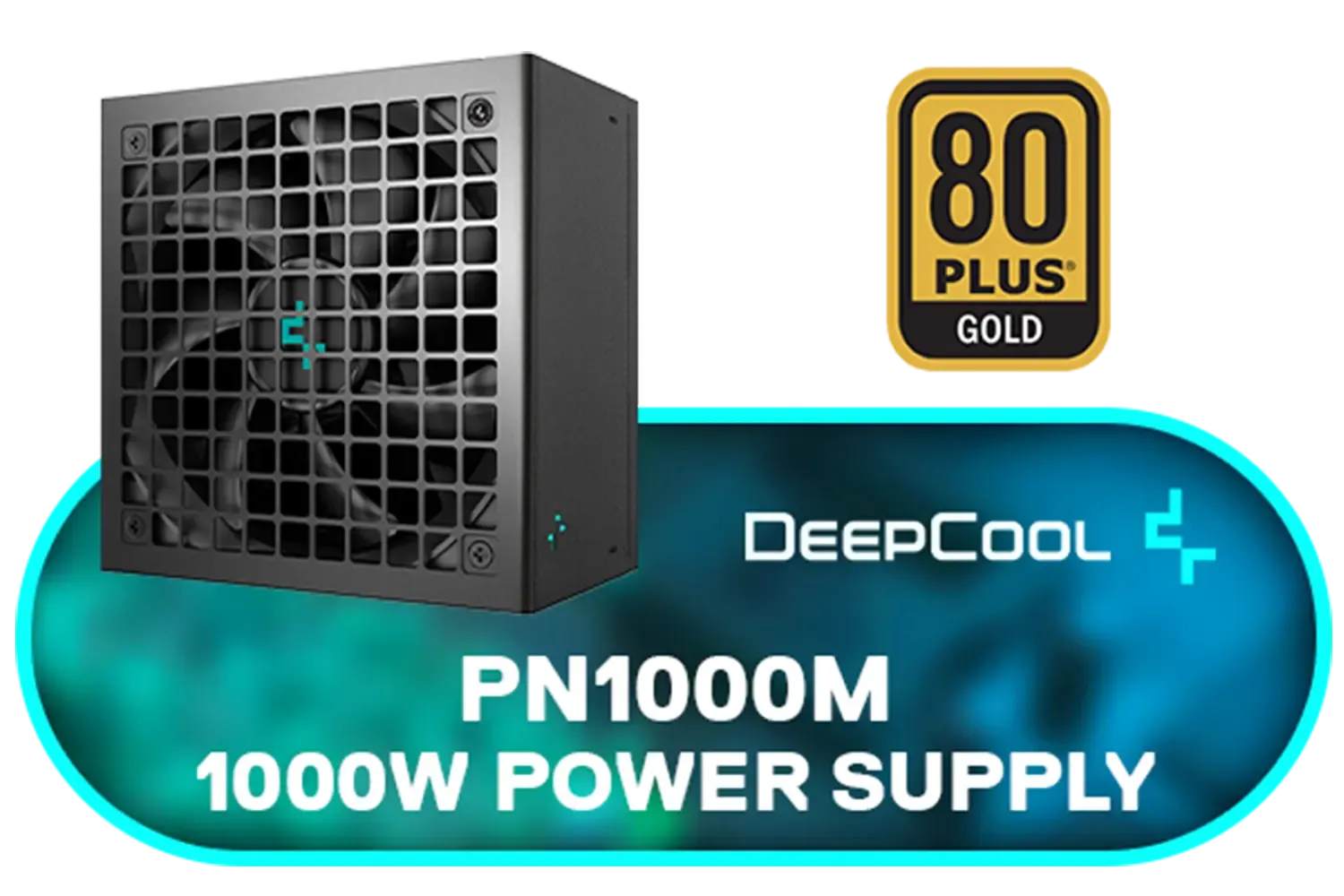


Ready to Power Up Your Dream Build? Choosing the right power supply is the first step to a stable, high-performance PC. Don't let it be an afterthought. Explore our massive range of PC power supplies and find the perfect unit to bring your new rig to life.
Most mid-range gaming builds need 450–650W. Use a PSU wattage calculator for gaming PC and add about 20% headroom for upgrades.
80 Plus indicates PSU energy efficiency. Higher tiers like Gold and Platinum waste less power, run cooler, and improve longevity.
Modular PSUs let you attach only needed cables for cleaner builds. Beginners often prefer modular for easier cable management.
Check form factor (ATX vs SFX), cable lengths, and clearance for GPU. Refer to PSU size and form factor for ATX guidance.
Budget PSUs can be risky. Prioritize reputable brands, solid 80 Plus efficiency, and built-in protection features over lowest price.
Know the 24-pin ATX, 4/8-pin CPU, and PCIe 6/8-pin GPU connectors. Check your motherboard and GPU requirements via a PSU cables and connectors guide.
Yes. Choose a reliable PSU now with spare wattage to delay upgrades; keep compatibility, cable needs, and warranty in mind.